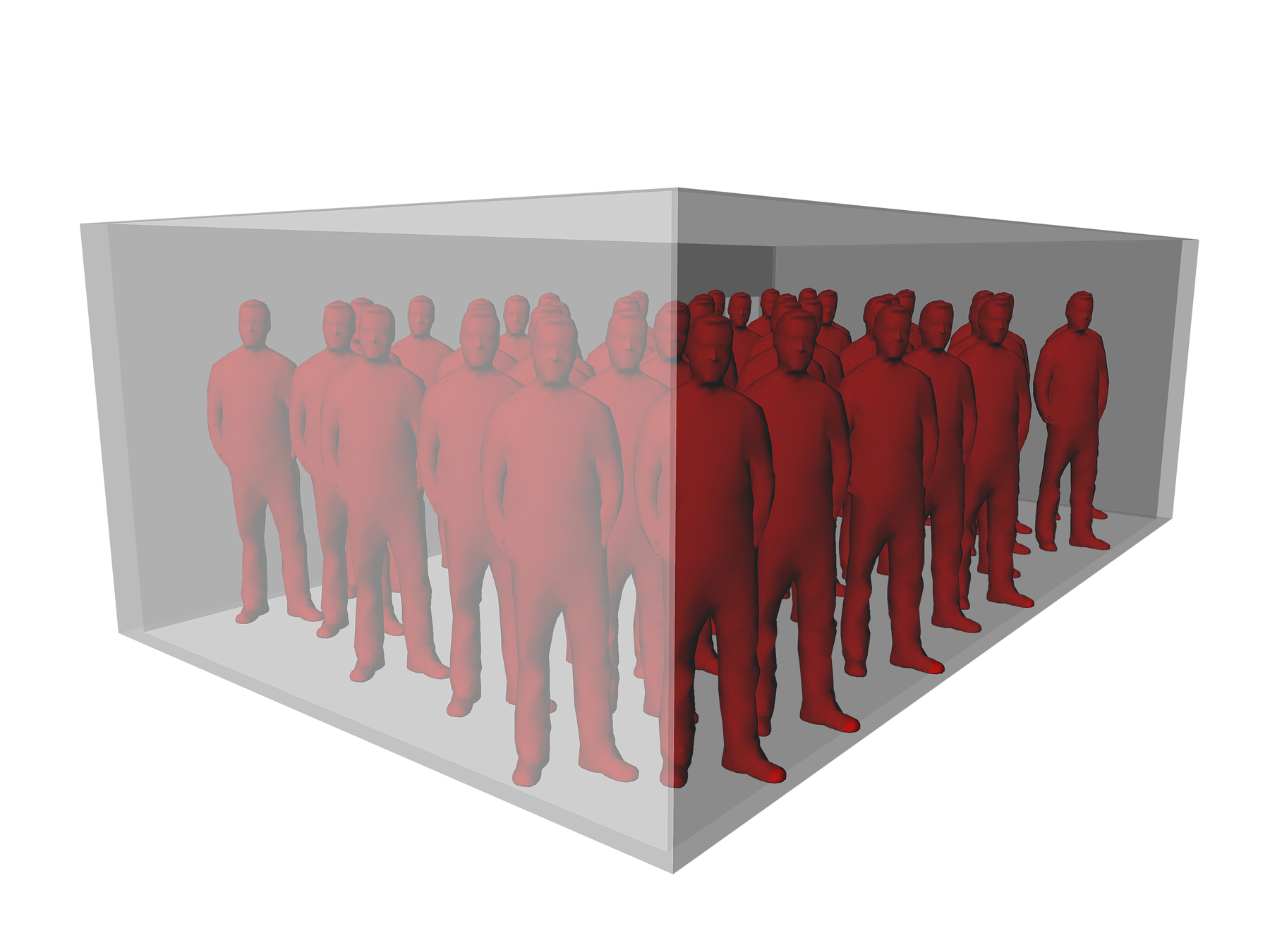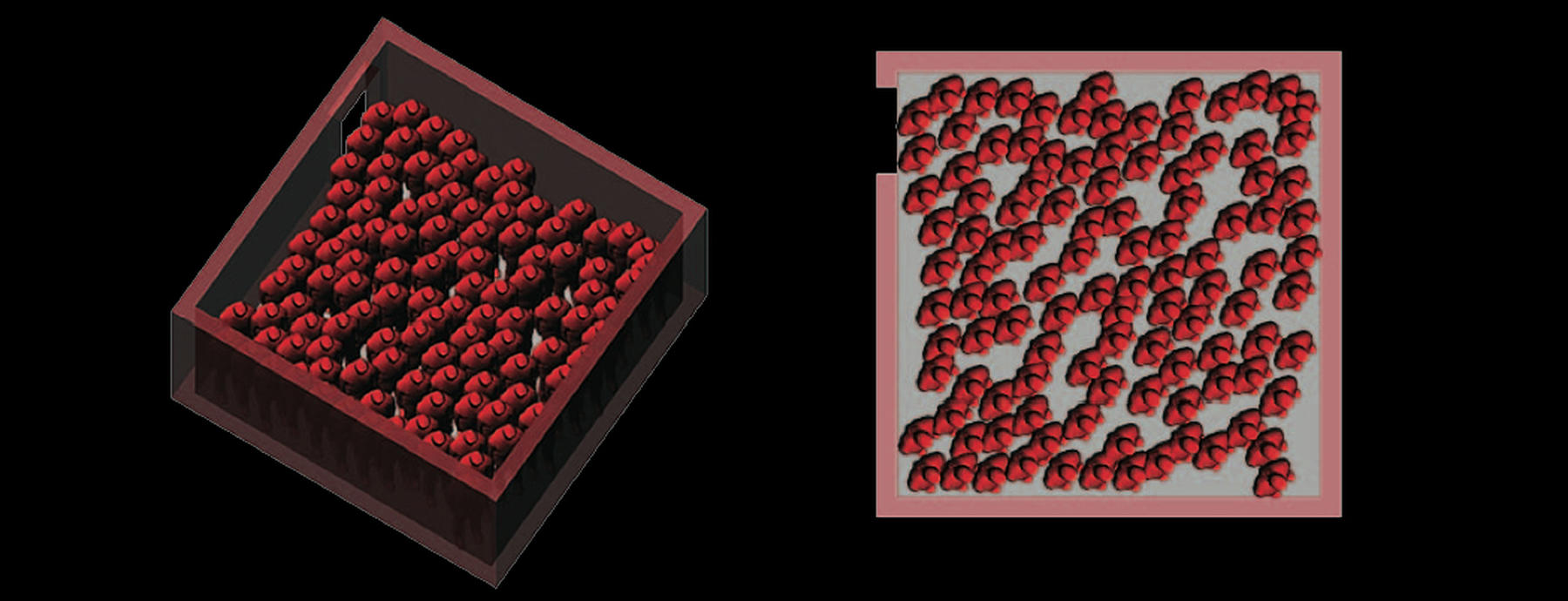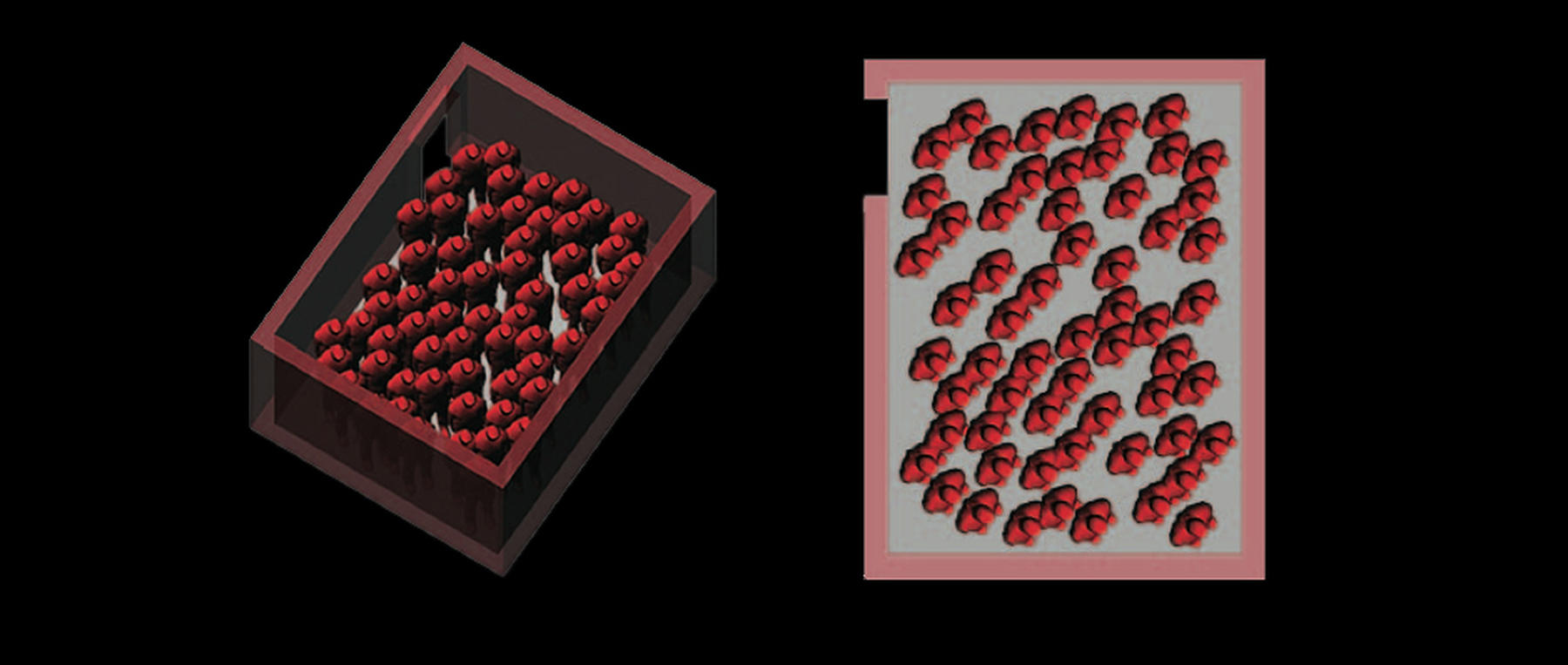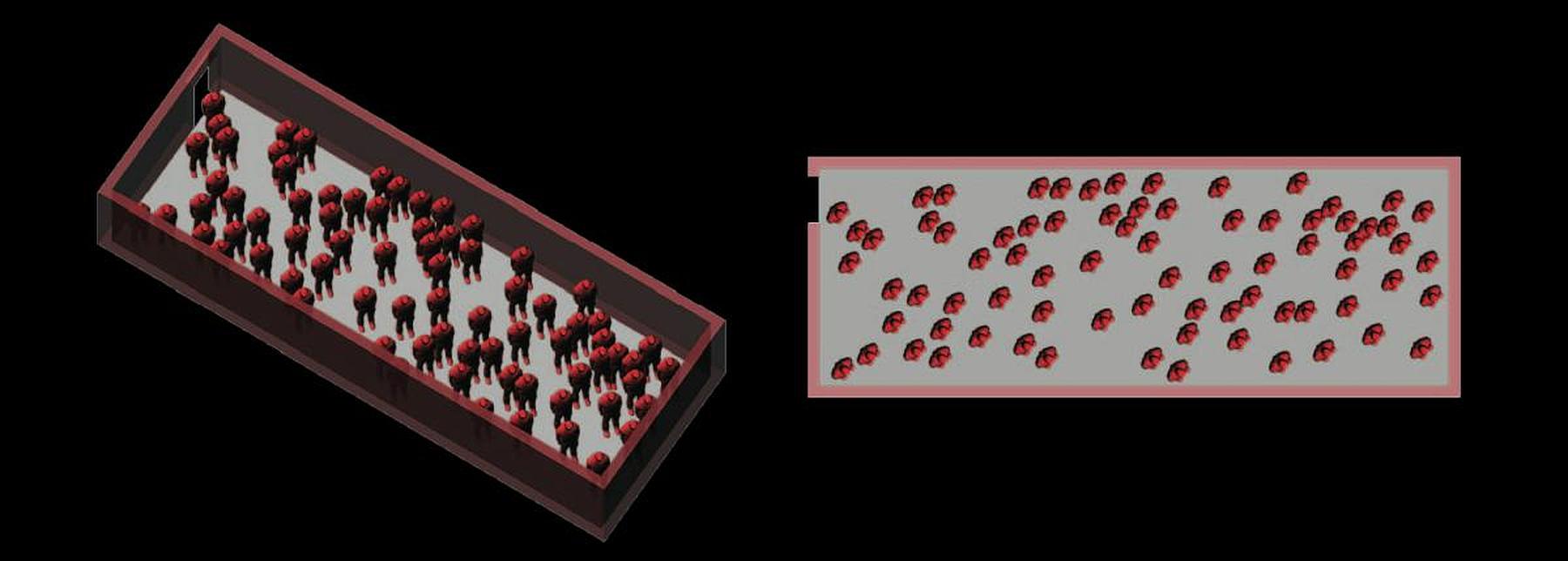Syria: Torture Centers Revealed
Human Rights Watch enlisted SITU to develop a parameterized model of the overcrowded prison cells in which Syrian political detainees were being kept, illustrating a direct violation of international law through spatial representation.
Explore the report here:
https://www.hrw.org/news/2012/07/03/syria-torture-centers-revealed
Human Rights Watch released an 81 page report documenting over 200 witness reports of torture in Syria in July of 2012. The organization enlisted SITU to develop a parameterized model of the overcrowded prison cells in which these political detainees were being kept, establishing a direct visual link between international law and spatial representation. Human Rights Watch, the organization leading an initial report into torture in Syrian prisons, asked SITU Research to develop a graphic model of actual incarceration conditions as well as those that reflect the international law. To accomplish this, the studio developed a dynamic 3D model with adjustable parameters reflecting the dimensions of the detention cell, the number of prisoners to be retained inside the cell, the area occupied by one prisoner inside the cell, the distance between prisoners and the walls of the cell, the distance between other prisoners, and finally the degree of randomness in prisoner placement. With this model in place, Human Rights Watch had a direct visual interpretation of international law as well as a tool for modeling the varied types of detention conditions that were being reported across the country.
Using the graphical algorithm editing software Grasshopper, SITU was able to add flexibility and parameterize 3D models of the prison cells, created in the modeling program Rhinoceros. The user is able to adjust the size of the cell, number of prisoners, or any of the parameters mentioned above by simply adjusting a slider.
International guidelines stipulate that accommodations for prisoners should meet a minimum floor space requirement, but do not define what this requirement is. In the following model, each prisoner is provided four square meters, a standard often used by the Council of Europe's Committee of the Prevention of Torture.
SITU used the model to recreate the conditions of cells in detention facilities found across Syria, which were discovered and routinely cross-checked in Human Rights Watch's 81 page report. Over 200 former detainees and defectors have identified the locations, torture methods, and commanders in charge of 27 detention facilities in Syria. These witnesses described conditions that in themselves amount to torture—a main facet of which being extreme overcrowding in group cells. The following are visualizations prepared by SITU coupled with testimonies from survivors.
"There were 37 detainees in a common cell. In the course of 13 Days, the number increased until 110. After Assad's pardon of political prisoners (June 20, 2011), the number went down to 28. After that, they brought 16-17 new people every day until the number reached 110 again."
"I was placed in a small cell with no ventilation or light. There were about 60 people in there. The cell measured 3 x 4 meters. We took turns sleeping and we took turns taking our shirts off and waving them to move the air."
"Moved us to a cell 11 x 3.8 m. There were 76 people in there."




